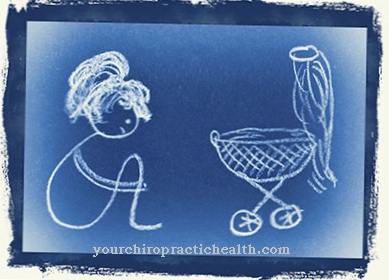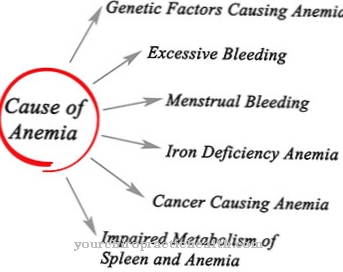The Superior thyroid artery transports oxygen-rich blood to the thyroid gland, which forms and stores the hormones L-triiodothyronine (T3) and L-thyroxine (T4). Thyroid diseases include overactive and underactive, tumors, infections and autoimmune diseases. In tissue transplants, the superior thyroid artery can partially serve as a donor for transplanted blood vessels.
What is the superior thyroid artery?
Medicine refers to the superior thyroid artery as the superior artery Thyroid arterywhich supplies blood to the endocrine gland.
The thyroid gland or glandula thyroidea is a hormone-producing organ that affects the metabolism of the human body and affects numerous other organs. The arteria thyroidea superior belongs to the body's circulation and accordingly transports oxygen-rich blood to the cells of the thyroid gland. The breathing gas binds to red blood cells (erythrocytes), which take it up in the lungs. Blood that has already delivered the oxygen flows back in the body's circulation via the veins.
Anatomy & structure
The superior thyroid artery branches off from the external carotid artery at the carotid trigonum. This is the carotid triangle in the neck, which lies in the anterior cervical region.
The carotid trigonum is located there between the digastric muscle, the sternocleidomastoid muscle and the omohyoideus muscle. Under the sternocleidomastoid muscle, the superior thyroid artery separates from the larger external carotid artery and continues to the thyroid gland (glandula thyroidea).
Viewed in cross-section, the superior thyroid artery has a wall that encloses the lumen. The wall consists of a total of three layers. The tunica interna is the innermost of them and lines the blood vessel with an endothelial layer, over which another layer of connective tissue lies. The latter also belongs to the tunica intima. Above this is the tunica media, which houses the muscles of the blood vessel. With their help, the superior thyroid artery can widen or narrow and thereby regulate blood flow.
In addition to smooth muscle, the tunica media includes collagen and elastic fibers to provide adequate flexibility. The outermost layer of the artery eventually forms the tunica externa. It also contains collagen, elastic fibers and connective tissue. Above all, it has a protective function. It can also contain fine blood vessels (vasa vasorum), which are responsible for supplying cells to the middle and outer layers.
Function & tasks
The task of the superior thyroid artery is to supply blood to the thyroid gland. In the throat, the thyroid gland lies in front of the windpipe at its upper end. A capsule encloses the endocrine gland, which has many capillaries. In order to be able to pump sufficient blood into these fine blood vessels, the arteria thyroidea superior has a strong blood flow.
In addition to the upper thyroid artery, the inferior thyroid artery, which is the lower thyroid artery, is responsible for supplying the gland. The two arteries converge in front of the thyroid gland; physiology calls this connection an anastomosis. While the superior thyroid artery mainly supplies the upper part of the gland with blood, the inferior thyroid artery is mainly responsible for the lower part. The thyroid produces and stores the hormones L-triiodothyronine (T3) and L-thyroxine (T4). L-thyroxine partly functions as a precursor of L-triiodothyronine and in this function is considered a prohormone.
In its abbreviation T4, the number refers to the number of iodine molecules that the hormone contains; For this reason, L-thyroxine also has the name tetraiodothyronine. L-triiodothyronine increases the release of insulin, which regulates the blood sugar level and is also a hormone. Insulin is produced in the pancreas. In addition, L-triiodothyronine stimulates the carbohydrate, protein and fat metabolism. Growth, heat production, water balance, oxygen consumption, nerve and muscle function are also subject to the influence of the thyroid hormone.
Diseases
In the context of microsurgical tissue transplants, the tissue used sometimes needs a new connection to blood vessels in order to receive oxygen, nutrients and energy (e.g. in the form of glucose).
In some cases, surgeons use the superior thyroid artery for neck transplants because it has a strong blood flow. An artificial anastomosis connects these blood vessels to the superior thyroid artery, if the appropriate conditions are met. The thyroid, which is dependent on the supply of the arteria thyroidea superior and inferior, can contribute to the development of numerous complaints.
Since the thyroid hormones affect energy metabolism and other processes, people with an underactive endocrine gland (hypothyroidism) often suffer from fatigue, lack of energy, weight gain, poor appetite, lipid metabolism disorders, constipation, hair loss, dry skin and bradycardia. Hypothyroidism can also cause myxedema, which in some people can lead to coma. Heart failure and other complications are also possible as part of an underactive thyroid.
On the other hand, an overactive thyroid (hyperthyroidism) is typically associated with increased activity, excitement and restlessness. The boosted metabolism often leads to unwanted weight loss, which can be accompanied by an increased appetite. Nevertheless, those affected can suffer from weak muscles and / or muscle tremors (tremor). Other symptoms include high blood pressure, arrhythmias, sleep and menstrual disorders, indigestion, hair loss and heat intolerance. A serious complication of the disease is the thyrotoxic crisis, which can lead to coma and is potentially fatal.
The causes of thyroid disease are many. Neoplasms such as thyroid adenoma, thyroid carcinoma or other tumors can disrupt the function of the organ - but also infections and autoimmune diseases such as Hashimoto's thyroiditis, Ord-thyroiditis or Graves' disease.


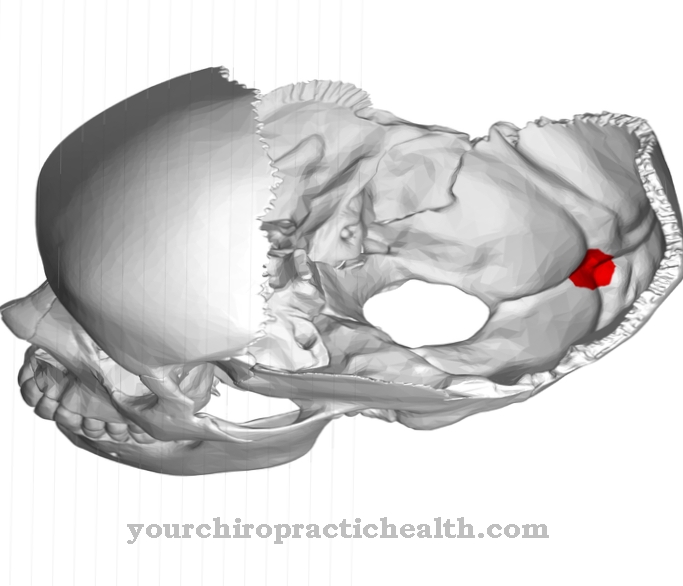
.jpg)
.jpg)





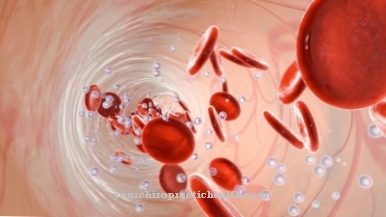


.jpg)

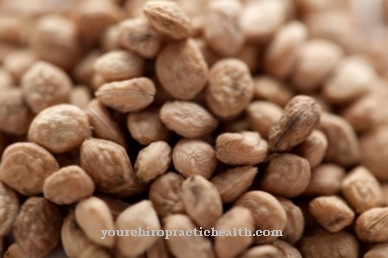






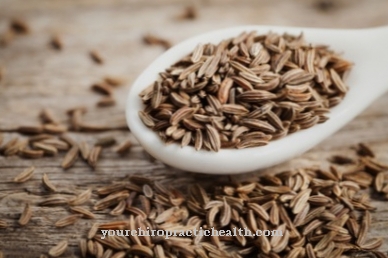


.jpg)
